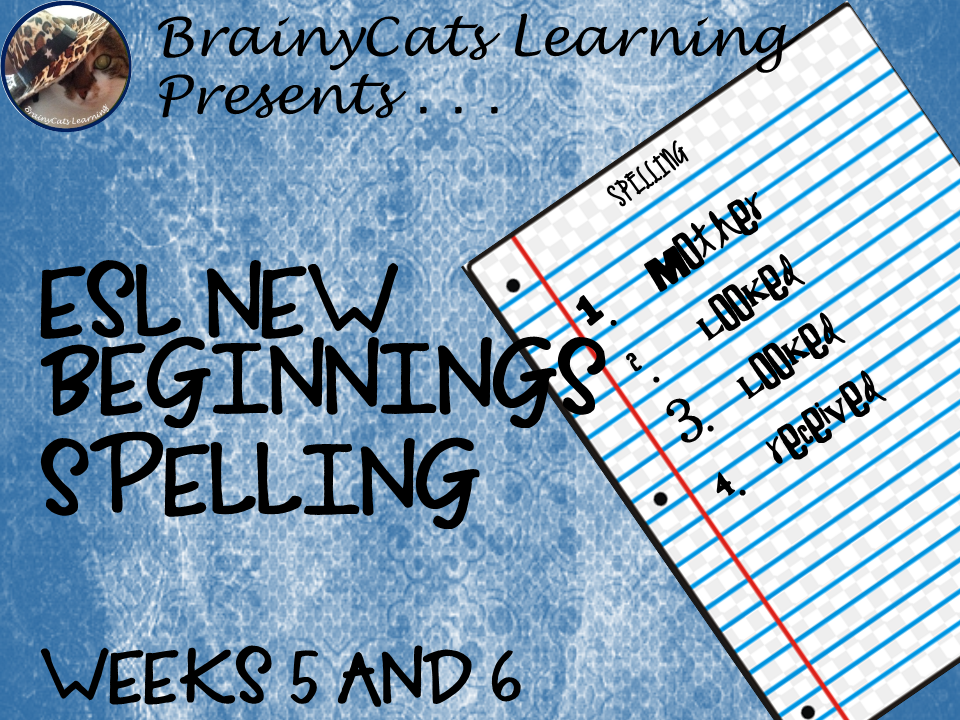BrainyCats Learning
Our store focuses on resources for math, ELA, and US History, for students in grades 4 - 8. Many of the resources are designed for beginning-intermediate level English Language Learners. The goal is to provide resources with simplified language that still allow students to understand grade-level academics.






















